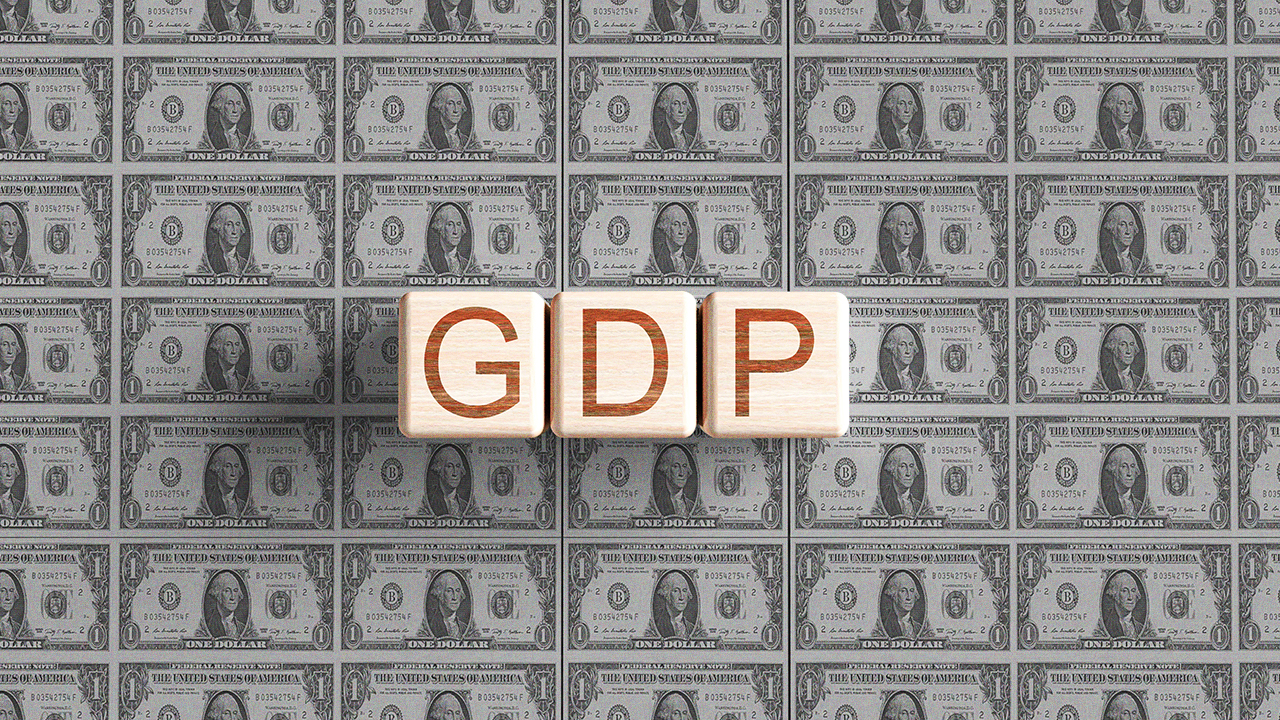Latest
|
Consumer Finance
AI
|
Latest LLMs
CX/CS
|
Fintech
Latest
|
AI Infrastructure
Enterprise
|
ROI of AI
AI
|
Ethics & Safety
Latest
|
Politics & Policy
AI
|
Enterprise AI
AI
|
Big AI
Latest
|
Consumer Banking
Latest
|
Fintech Funding
AI
|
AI in Fintech
CX/CS
|
Fintech
AI
|
Health Tech
AI
|
AI Governance
Latest
|
LLMs
Latest
|
Fintech
AI
|
Open Source
AI
|
AI Security
Enterprise
|
Cloud Security
Latest
|
Macro Economy
Enterprise
|
Enterprise Solutions
AI
|
GRC
AI
|
AII Adoption
AI
|
AI Ethics
AI
|
Healthtech
CX/CS
|
AI in CX
AI
|
Quantum Computing
AI
|
Cybersecurity
Latest
|
Healthtech
CX/CS
|
AI Adoption
AI
|
AI
AI
|
Safety and Compliance
Latest
|
Big Tech
AI
|
Consumer Tech
AI
|
AI Ethics and Risks
CX/CS
|
AI
Enterprise
|
Data and Privacy
Latest
|
LLMs
Latest
|
Banking and Blockchain
AI
|
Healthtech
Enterprise
|
AI in the Enterprise
AI
|
AI Risk and Compliance
AI
|
AI Arms Race
Enterprise
|
AI
Latest
|
LLMs
CX/CS
|
Compliance
CX/CS
|
Great CX
CX/CS
|
CS in Blockchain
AI
|
AI News
Enterprise
|
AI
|
CX/CS
|
CX/CS
|
AI
|
CX/CS
|
AI
|
AI
|
Enterprise
|
AI
|
CX/CS
|
CX/CS
|
Enterprise
|
Enterprise
|
Up to 40% of America’s GDP is being completely overlooked by AI companies
⋅
April 10, 2025

Key Points
Small businesses contribute over 40% of the U.S. GDP,but are not yet fully leveraging AI tools that could enhance their efficiency and productivity.
Dr. Balaji Padmanabhan of the Robert H. Smith School of Business highlights the potential for AI to revolutionize small business operations, but says many remain stuck in outdated practices.
The greatest efficiency and productivity gains can come from small businesses embracing AI to do things significantly more efficiently than where they are.
Dr. Balaji Padmanabhan
Dr. of the Center for AI in Business | Robert H. Smith School of Business
It's not surprising that SMEs and Enterprise corporations are the first movers in deep implementation of AI. They have the resources and operational capacity to assess and make change over a large swath of human and technical real estate. But some experts see the biggest gains happening in the most significant chunk of America's economy—small businesses. With SMBs contributing over 40% of the U.S. GDP, AI’s blindspot could have substantial implications for the country’s growth and productivity.
In our recent discussion with Dr. Balaji Padmanabhan, the Director of the Center for Artificial Intelligence in Business at the Robert H. Smith School of Business at the University of Maryland, he explained the potential for AI to disrupt small businesses and what we could do to implement change for the businesses that need it most.
Opportunity and potential: "The greatest efficiency and productivity gains," he says, "can come from small businesses embracing AI to do things significantly more efficiently than where they are." Yet, these businesses—ranging from local restaurants and barbershops to lawn care services—are not yet leveraging AI tools that could revolutionize their operations.
Stuck in the past: Dr. Padmanabhan emphasizes the potential impact of AI for small businesses. "Think of all the small businesses you visit. There are countless opportunities for them to be more efficient with AI, but many are still stuck working the way they did five years ago," he explains. The gap is clear: AI could empower these businesses to work smarter, not harder, but they lack the resources or knowledge to make the leap.
The tech industry is following market trends and focusing on large corporations. This isn't inherently bad, but it leaves a gap in the market where AI could truly transform small business operations.
Dr. Balaji Padmanabhan
Dr. of the Center for AI in Business | Robert H. Smith School of Business
Missing the point: Despite the urgency, Dr. Padmanabhan’s team realized getting tech leaders to see the potential in small businesses was challenging. "We reached out to major tech companies during a workshop we hosted, hoping they might offer AI tools for small businesses. But we got zero responses," he recalls.
This lack of engagement signals a critical oversight by the industry—small businesses are not seen as a priority for AI development. Instead, the focus is on larger corporations with bigger budgets to spend on cutting-edge tools, which can validate immediate growth potential for AI solutions providers. "The tech industry is following market trends and focusing on large corporations," he says. "This isn't inherently bad, but it leaves a gap in the market where AI could truly transform small business operations."
Potential solutions: To bridge this divide, Dr. Padmanabhan suggests a multifaceted approach. He believes that public support from government agencies such as the Small Business Administration could help incentivize AI adoption at the small business level. He also advocates for tailored AI tools that are scalable and affordable for smaller operations.
"This is a phenomenal opportunity for growth," he concludes. It’s a call to action for the tech industry to make profitability in the small business sector work, especially when competition in the space is virtually nonexistent. If AI companies can pivot their focus to meet the needs of small businesses, it could lead to profound economic expansion and transformation of an important segment of the US economy.

